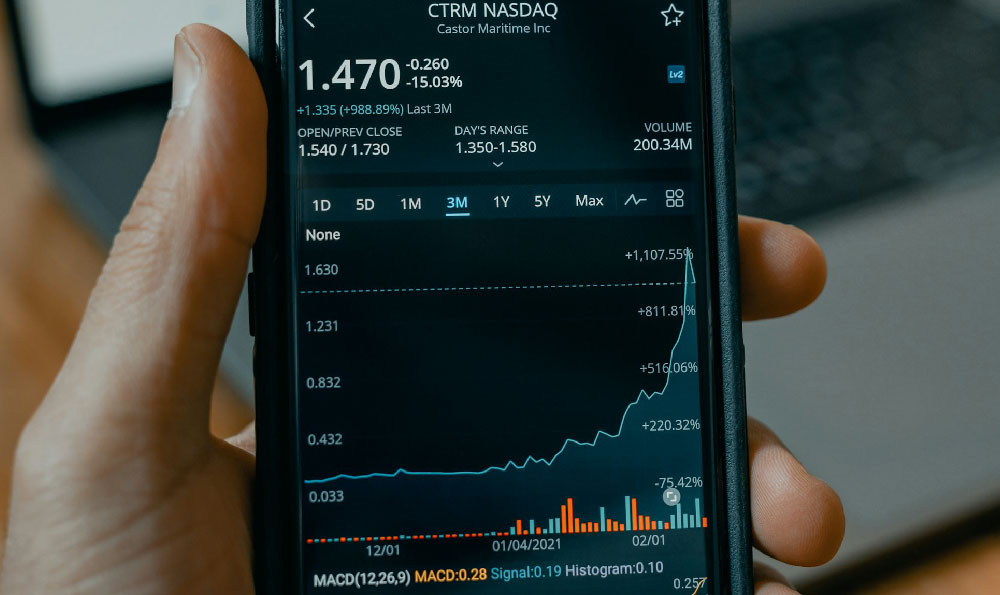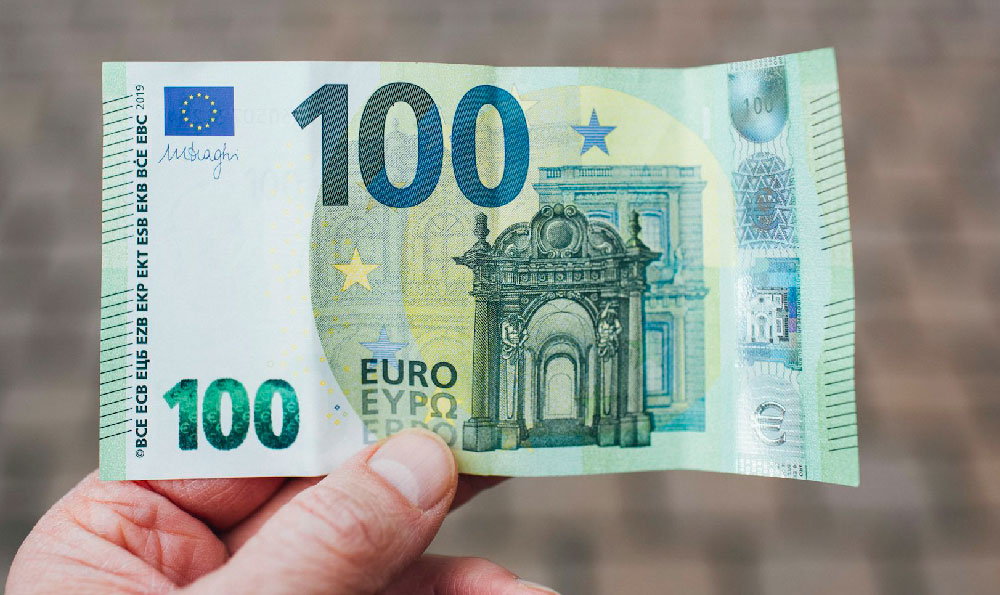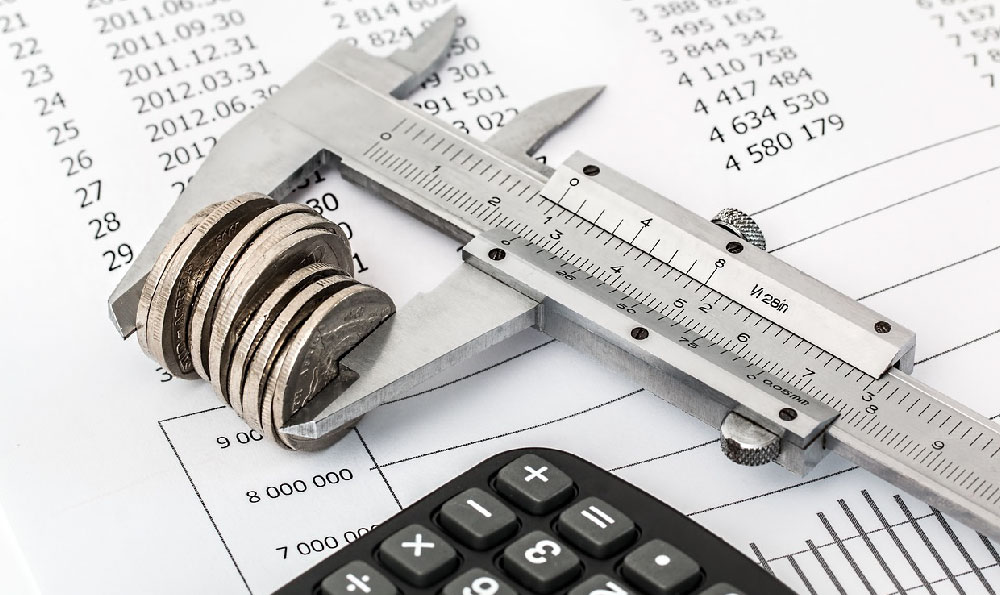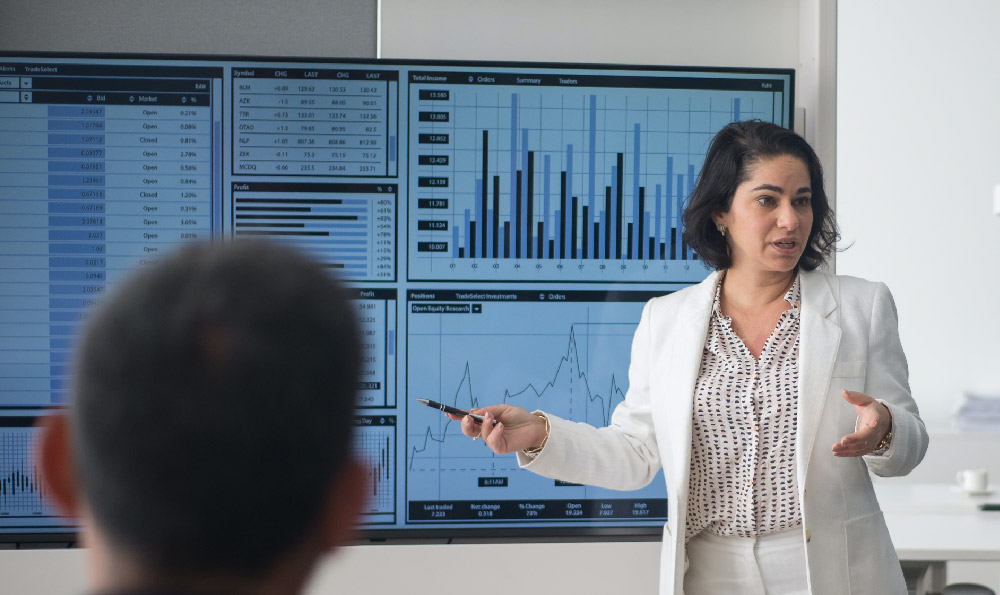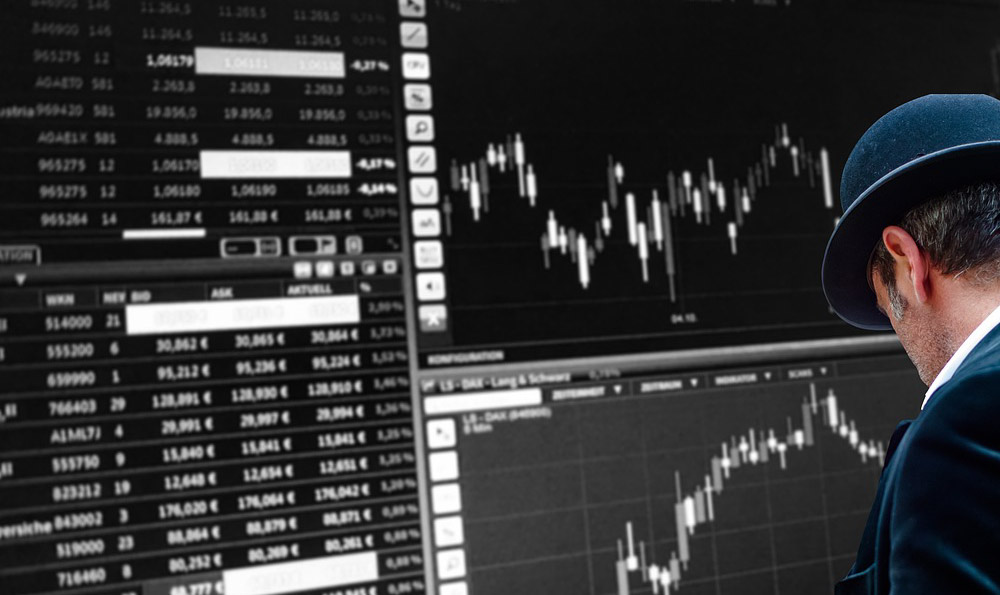What Determines a 1976 Quarter's Value? Is It Rare?

The value of a 1976 quarter, like any coin, is determined by a complex interplay of factors, rarity being a significant, but not sole, determinant. Understanding these factors is crucial for anyone interested in coin collecting or assessing the worth of their pocket change. While the 1976 quarter is not inherently rare in the traditional numismatic sense, certain circumstances and variations can elevate its value beyond its face value.
The primary factors influencing the value of a 1976 quarter are its condition, mint mark, and any existing errors. Let's delve into each of these aspects in detail.
Condition is paramount in determining a coin's worth. Numismatists use a grading scale, typically ranging from Poor to Mint State (MS), to assess a coin's physical state. A coin graded as Poor will be heavily worn, with barely discernible details. On the other hand, a Mint State coin exhibits no signs of wear and retains its original luster. Coins in circulated grades like Good, Very Good, Fine, and Very Fine show varying degrees of wear, impacting their value accordingly. Uncirculated coins, particularly those graded MS-65 or higher by reputable grading services like PCGS or NGC, command the highest prices. These coins possess exceptional eye appeal and minimal imperfections. A well-preserved 1976 quarter in uncirculated condition will always be more valuable than a worn, circulated one. Think of it like a classic car – a pristine, original model is worth far more than one that's been heavily used and damaged.
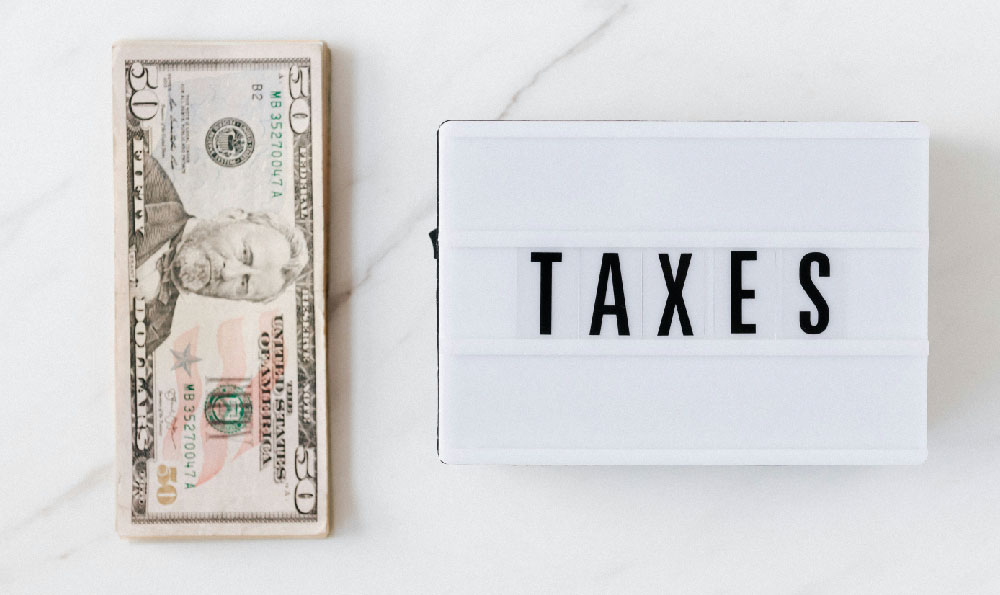
Mint marks indicate where the coin was struck. The United States Mint has historically operated several mint facilities. The Philadelphia Mint does not typically use a mint mark on quarters produced for circulation (though in 1976, some quarters did have a mint mark). The Denver Mint uses the "D" mint mark, and the San Francisco Mint uses the "S" mint mark. For circulating coins, the "S" mint mark is only present on those struck for collectors in special mint sets. In the context of the 1976 quarter, the presence or absence of a mint mark, while not making the coin significantly rare in itself, contributes to its overall valuation, especially when combined with other factors like condition. The "S" mint mark examples, being intended for collectors, typically command a slightly higher premium compared to the Philadelphia or Denver issues, particularly in higher grades.
The bicentennial quarter, celebrating the 200th anniversary of the United States, was produced with a unique design featuring a drummer on the reverse, replacing the traditional eagle. This design was used for quarters produced in 1975 and 1976. While the special design makes these quarters interesting from a historical perspective, the sheer volume produced means that most circulated examples are worth only face value.
Errors, those unintended deviations from the intended design or production process, can dramatically increase a coin's value. Common errors include off-center strikes, doubled dies, and planchet errors. A doubled die occurs when the die used to strike the coin has been improperly manufactured, resulting in a doubling of certain design elements. Off-center strikes happen when the coin is not properly aligned during the striking process, leading to a portion of the design being missing. Planchet errors involve issues with the metal blank (planchet) before it is struck. If a 1976 quarter exhibits a noticeable and documented error, it could be worth significantly more than a standard example. Identifying and authenticating errors often requires expert knowledge and careful examination. Serious collectors actively seek out error coins, making them highly desirable.
To determine if your 1976 quarter is rare and valuable, a careful assessment is necessary. First, examine the coin closely for any signs of wear. Look for sharpness of detail, original luster, and any imperfections. If the coin appears to be in excellent condition, consider having it graded by a reputable grading service. This provides an objective assessment of its condition and authenticity.
Next, look for a mint mark. Remember, Philadelphia minted bicentennial quarters, but these did not carry a mint mark in 1976 like the coins struck there normally do. Denver minted quarters are marked with a “D,” and San Francisco minted quarters bear an “S” mint mark (usually only found in mint sets).
Finally, and most importantly, meticulously inspect the coin for any errors. Use a magnifying glass to examine the design elements closely. Compare your coin to images of known errors to see if there are any similarities. If you suspect you have found an error, consult with a knowledgeable coin dealer or numismatic expert for verification.
In conclusion, while the 1976 quarter in general circulation is not rare, its value is determined by its condition, mint mark, and the presence of any errors. High-grade, uncirculated examples and those with significant errors can command a premium. Proper evaluation and, if necessary, professional grading are crucial steps in determining the true value of a 1976 quarter. Understanding these factors allows you to appreciate the nuances of coin collecting and potentially uncover hidden treasures in your own collection. The key takeaway is that rarity is not the only factor; condition and errors play a crucial role in determining a coin's ultimate worth.
